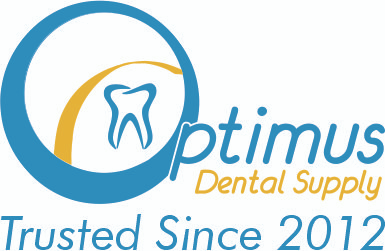Did you know that without an effective cleaning, effective sterilization cannot be achieved? Here are three easy steps to help your customers get cleaner instruments. Most importantly, your customer should consult the manufacturer of the items to be cleaned to confirm recommended cleaning instructions.
-
This is the instrument pre-soak process. The purpose of this step is to prevent bio-burden from
hardening on instruments. The hardening of bio-burden makes instruments harder to clean,
increases cleaning time and causes pitting and damage to the instruments. During the instrument
pre-soak process, your customers should take the following steps:
- Safely transport instruments to facility decontamination area.
- Completely cover instruments with an enzymatic spray or instrument pre-soak.
- Do not allow bio-burden to dry, re-apply as necessary.
- Rinse instruments thoroughly.
- Prepare ultrasonic cleaner by heating to 110° F and degassing for 15 minutes prior to use each day.
- Add enzymatic cleaning solution to ultrasonic cleaner at the beginning of the degas process.
- Per facility protocol, carefully add soiled instruments to the ultrasonic tank and set time for 10-15 minutes.
- At the end of the ultrasonic cleaning cycle, carefully remove and rinse instruments thoroughly per facility protocol.
- Air/pat dry instruments with clean towel (note: non-looped absorbent Huck towel is common).
- Visually inspect instruments for thorough cleaning (if debris is present, repeat cleaning process).
This is the actual cleaning process and the purpose of this step is to clean the entire surface area of the instrument to ensure effective sterilization.
- Place cleaned instruments in a sterilization pouch.
- Place sealed instrument packages in the sterilizer per facility protocol.
This is to prepare instruments for the sterilization process.
How it Works Heating the enzymatic cleaning solution could dramatically improve cleaning results because heating the enzymes increases the activity level, which in turn helps to produce cleaner instruments. Enzymes break down large particles of bio-burden into smaller particles of bio-burden, which allows for easier removal.
Choosing the correct ultrasonic cleaner can also help your cleaning results. Here are a few features to consider if your customer is selecting a new ultrasonic cleaner:
• Heating element: Heat is crucial to the cleaning process, so ensure your ultrasonic cleaner is equipped with heat.
• Powerful transducers: Generates more power in the cleaning tank and although power is only one aspect of cleaning, it is important.
• Stainless steel basket: Items never go directly into the tank; all items are placed in the basket.
• Correct size: Basket size should be large enough for cassettes and to handle the amount of instrument cleaning required on the busiest day.
Most importantly, when your facility creates an instrument care and cleaning program, ensure that each team member is trained and as new teammates are added or positions are rotated, the integrity of the cleaning process is maintained.
